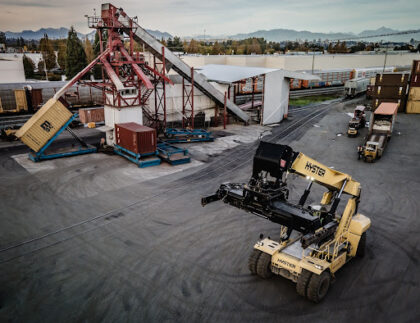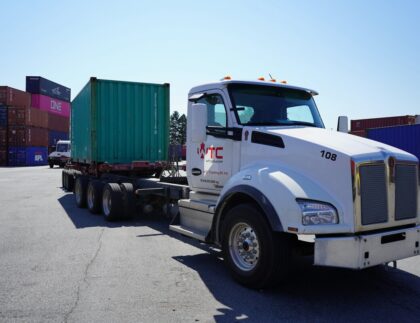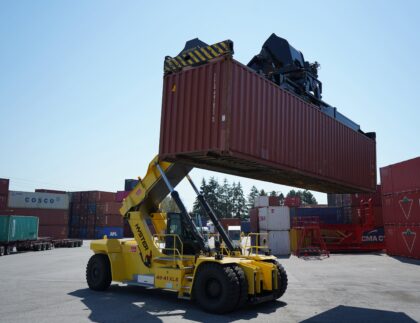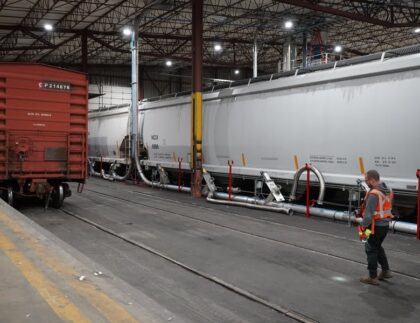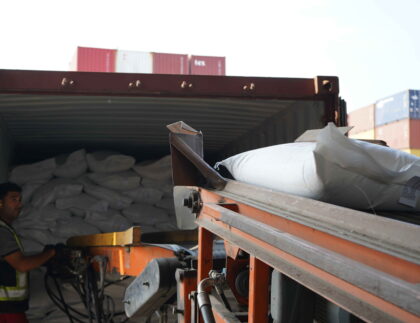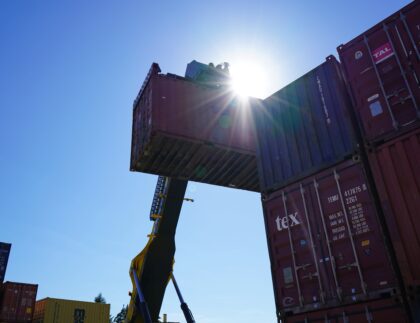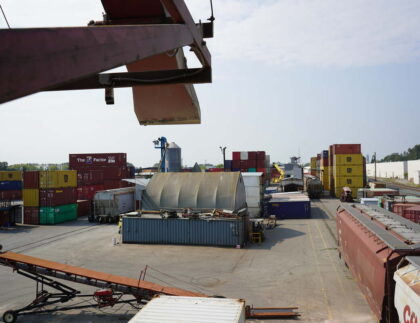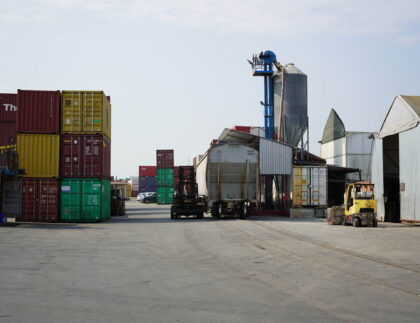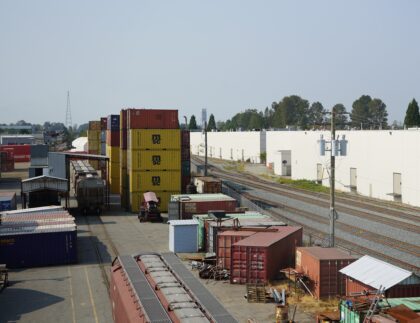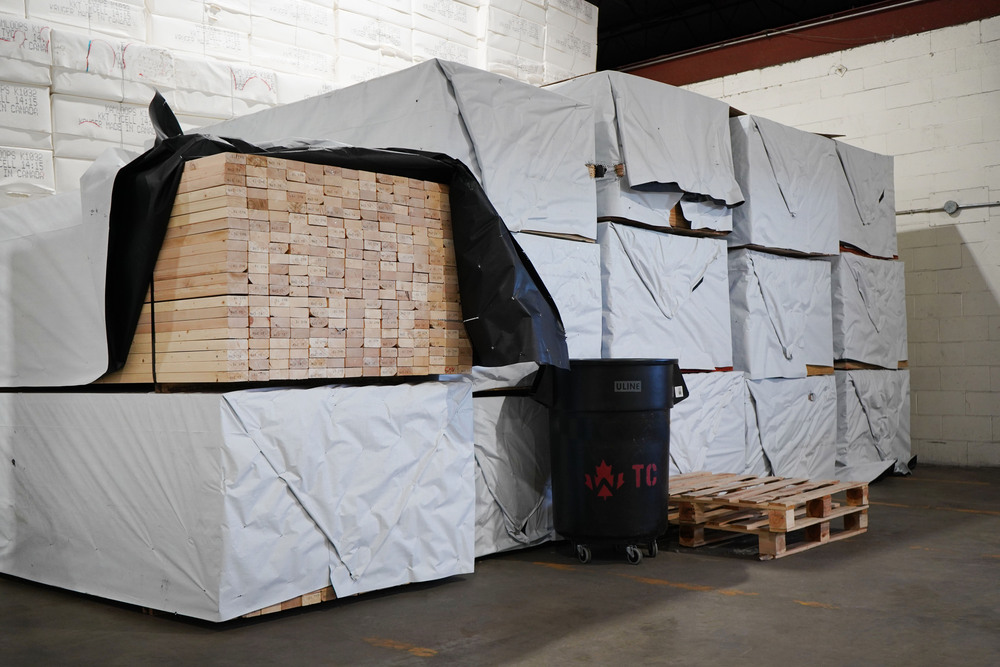
Understanding Lumber and Paper Logistics in Canada
As the housing market begins to normalize following the post-pandemic crunch, you may wonder how that will affect wood and lumber demand. For the past few years, the lumber industry has struggled to boost production, and industries dependent on lumber, such as construction, saw skyrocketing prices. With all the moving parts, it’s hard to predict how much and what type of wood customers will need to be shipped where. Unfortunately, wood and lumber are still in short supply, which throws the lumber supply chain into chaos.
The lumber industry alone accounts for 4%+ of Canada’s GDP. So, there is high motivation to keep chipping away at the logistics challenges to catch up with demand — without sacrificing the environment. Wood pulp mills in Canada will account for nearly 8.8 billion dollars in Revenue in 2022. Enter WTC Group logistics pros, who provide reliable and timely transit options to move lumber and paper products quickly and simply. Learn more about the types of lumber and pulp we can transport, our intermodal transportation options, and how our digital solutions help you track loads and plan your supply chain strategy.
Most Common Types of Lumber and Paper products
Here are a few examples of in-demand lumber products shipped within British Columbia, domestically, and internationally:
- Export logs: High-value logs cut to fit inside shipping containers for shipment worldwide. They are used for lumber and wood veneers.
- Poles: Utility poles have precise size, quality, and straightness requirements. They become pilings or utility poles, among other purposes.
- Domestic timber: Large, straight logs of high quality used for 2x8s and 2x10s.
- Canterwood: This lower-quality wood is used for small boards or chipped for pulp.
- Woodpulp: wood fiber is reduced chemically or mechanically to pulp and used in the manufacture of paper.
This isn’t a comprehensive list, but it gives you an idea of the challenges that might arise in shipping different sizes and forms of wood products. Fortunately, WTC Group offers logistics services, such as transloading wood from the train to containers and getting the cargo to its final destination in the most efficient manner.
Does Canada Have a Lot of Wood?
Forests dominate Canadian landscapes, covering 40% of the country’s land base. With a mere 0.5% deforestation rate since 1990, the industry has handled demand for its lumber responsibly.
How Much Timber Does Canada Export?
In 2019 alone, Canada exported CAD$8.03 billion in softwood lumber, the most lucrative wood product in the country. That’s not counting hardwood and other wood products.
Where Does Canada Send Its Lumber?
Nearly 70% of Canada’s harvested timber goes to the U.S., China, and Japan. Approximately 80% of U.S. softwood lumber comes from Canada. British Columbia is the nation’s highest producer of softwood, half of which ends up in the U.S.
Is Canadian Lumber Sustainable?
By nature, wood is renewable and recyclable. You can reuse it many times over. Because the national, provincial, and state governments strive to harvest timber sustainably, the regeneration process can keep up with the harvest rates.
From lumber trucks to lumber carriers in bulk cargo vessels, we can store and transport your lumber and wood products efficiently, saving you time, money, and aggravation. To do this, we use advanced technology, such as our digital solutions, which support our experts and customers to minimize delays and disruptions.
Our logistics tools and services can reduce costs and keep your products moving quickly. Call WTC Group at 1-844-WTC-GRUP (982-4787) or reach out to us online for more information about how we do it.


